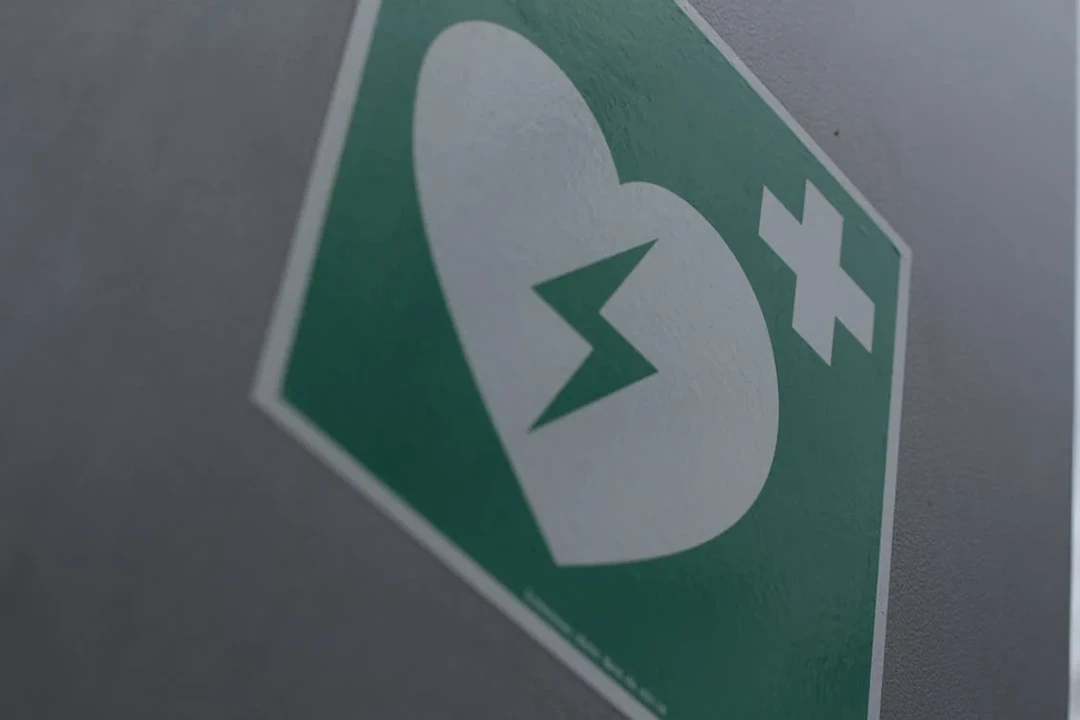
Accidents lurk around every corner. Choking incidents during dinner, drowning mishaps while swimming, or a co-worker succumbing to a sudden cardiac arrest.
Knowing how to respond with basic life support skills can mean the difference between life and death. Join us as we explore the most common types of accidents that might just require you to step in as the hero someone needs.
Ready to become a life-saving superhero? Let’s dive in!
Vehicle Accidents
Vehicle accidents are among the top causes of injuries requiring immediate attention. Many times, these occur due to:
- speeding
- distractions
- adverse weather conditions
In such situations, basic life support skills are crucial. If you encounter a vehicle accident, ensuring your safety first is paramount. Then, check on the victims.
If someone is unconscious but breathing, place them in the recovery position. This way, airways remain unobstructed and prevent choking.
In case of severe bleeding, apply pressure to the wound with a clean cloth or towel until medical help arrives. You can also use a tourniquet if necessary.
Choking Incidents
Choking can happen when a foreign object gets stuck in the airway and blocks breathing. It’s more common than you might think, especially among children and older adults.
If someone is choking, encourage them to cough and try dislodging the object by themselves. If that doesn’t work, stand behind them and perform the Heimlich maneuver.
This involves placing your hands around their waist and thrusting upwards in a sweeping motion to expel the object. If the person becomes unconscious, call for medical help immediately and perform CPR.
Knowing these basic life support skills can save a life in a choking emergency.
Sudden Cardiac Arrest
This occurs when the heart stops beating suddenly. It cuts off blood flow and results in brain damage within minutes.
Early defibrillation can improve the chances of survival. If you have access to an automated external defibrillator, use it immediately while waiting for medical help.
If an automated external defibrillator is not available, perform CPR until help arrives. Every minute counts in a cardiac arrest emergency, so knowing the proper techniques can make all the difference.
Drowning Accidents
If you encounter someone who has drowned, immediately remove them from the water and check for breathing. If they’re not, begin CPR while waiting for medical help to arrive.
In some cases, victims may also experience a spinal cord injury or hypothermia. In such cases, it’s crucial to stabilize their neck and keep them warm until help arrives.
Basic life support skills can make a difference in these types of accidents and increase the chances of survival. Being prepared with BLS certification can equip you with the knowledge and confidence to act effectively.
It’s an essential skill set for both the community and workplaces, ensuring you’re ready to be the difference in someone’s critical moment.
Exploring Different Types of Accidents Requiring BLS
In the unpredictable theater of life, the most common types of accidents requiring BLS are just the tip of the iceberg. The list goes on, and while we hope to never encounter these situations, being prepared can make a difference.
Don’t wait until it’s too late to learn how to save a life. Enroll in a BLS course today, and become someone’s hero tomorrow.
Did you find this article helpful? Check out the rest of our blog now!
Comments
comments